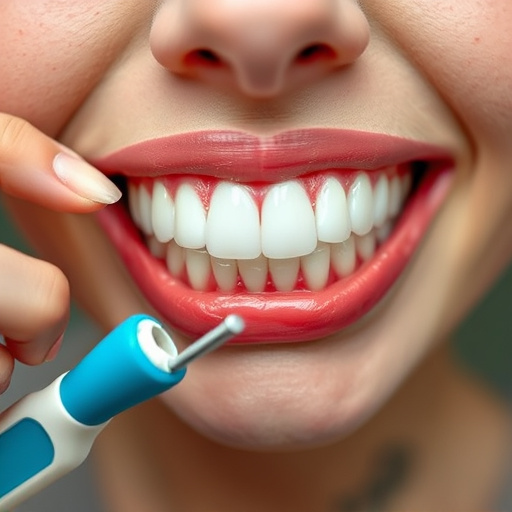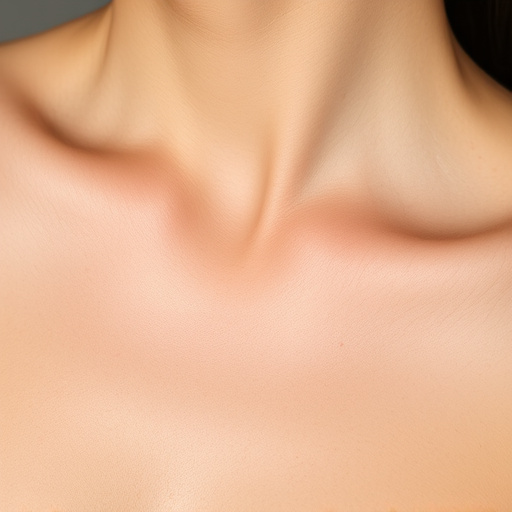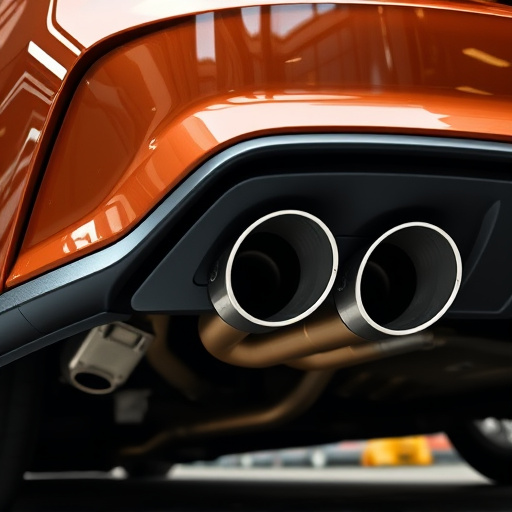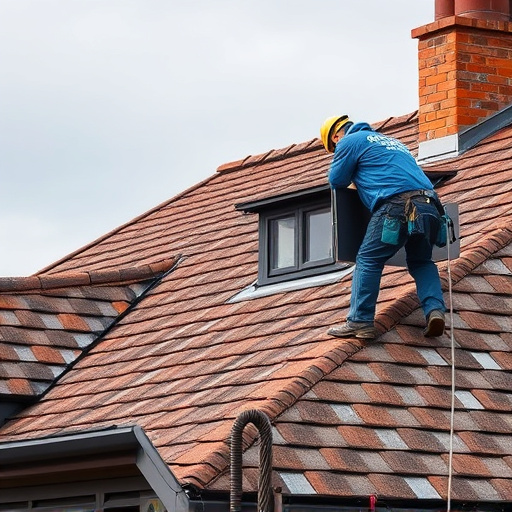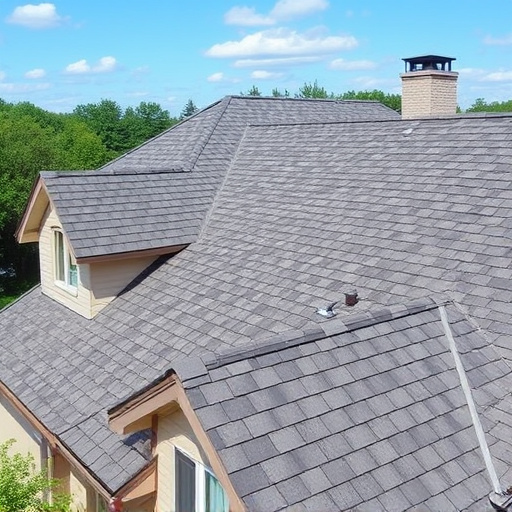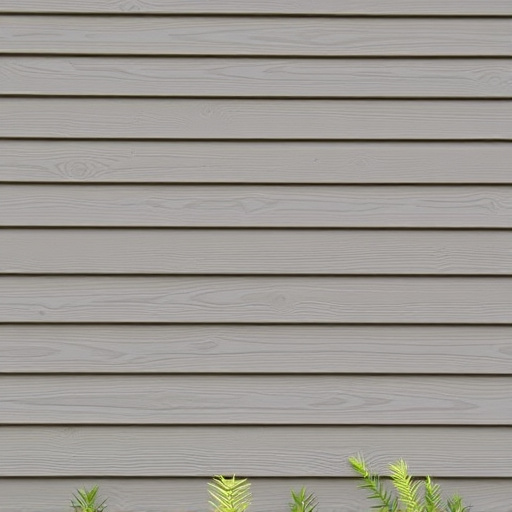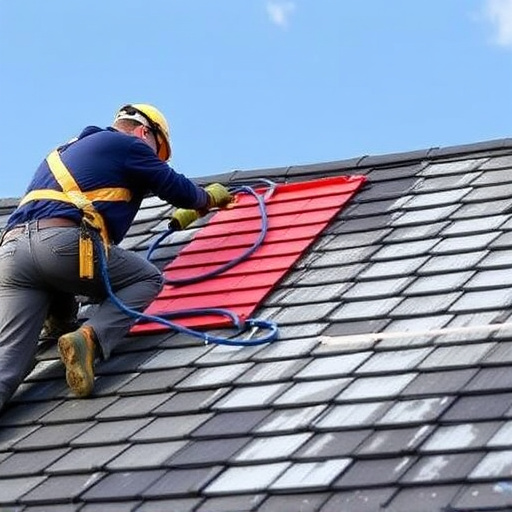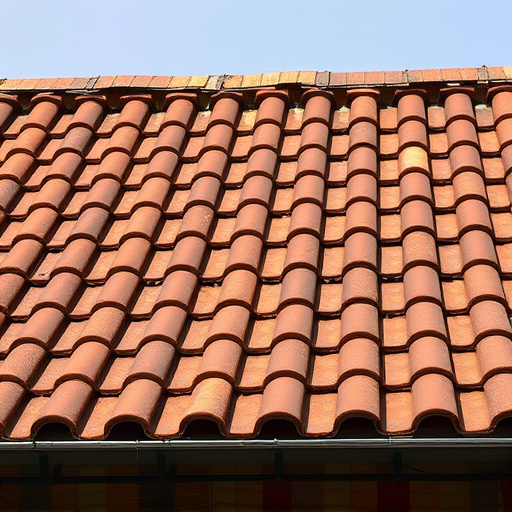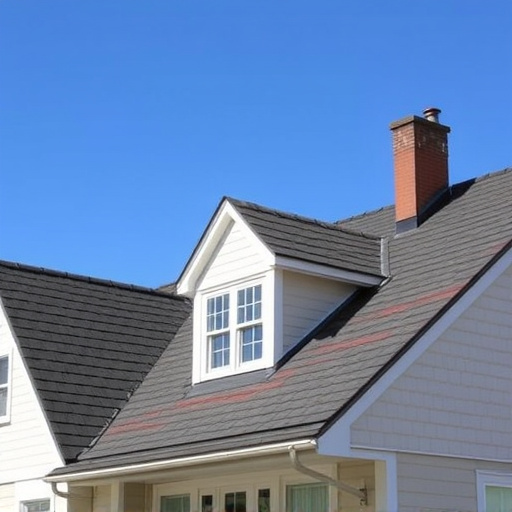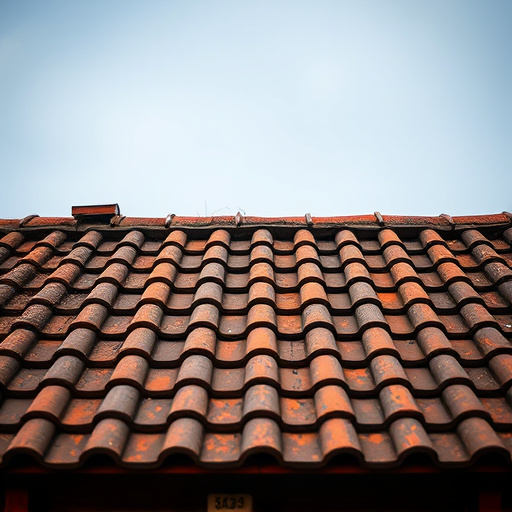Metal siding's durability (up to 30+ years) hinges on material quality (e.g., aluminum, galvanized steel), proper installation sealing & fastening, regular maintenance, and climate exposure. Skilled professionals ensure optimal longevity, aesthetic appeal, and storm damage prevention for metal siding investments.
Discover the longevity of quality metal siding and why it’s a smart investment for your home. This article explores the factors that contribute to its durability—from material types to installation techniques—and provides insights on how proper care can extend its lifespan significantly. We’ll dive into real-world examples, examining case studies of metal siding that has withstood the test of time, and offer expert tips for maximizing its performance.
- Understanding Metal Siding Durability: Factors Affecting Longevity
- Installation and Maintenance: Maximizing the Lifespan of Metal Siding
- Real-World Examples: Case Studies of Long-Lasting Metal Siding
Understanding Metal Siding Durability: Factors Affecting Longevity
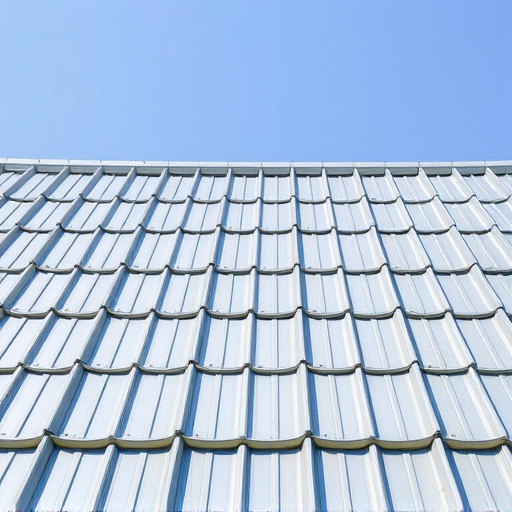
Understanding Metal Siding Durability: Factors Affecting Longevity
Metal siding is renowned for its durability and longevity, outperforming many other roofing materials in terms of lifespan. However, the actual duration it lasts can vary significantly based on several key factors. One of the primary considerations is material quality; high-grade metals like aluminum or galvanized steel offer superior resistance to corrosion and damage compared to lower-quality alternatives. Additionally, installation plays a crucial role; proper placement, sealing, and fastening are essential to safeguard against moisture intrusion, which can lead to rust and deterioration.
Other factors affecting metal siding longevity include environmental exposure, with regions experiencing harsh weather patterns or frequent storms requiring more robust materials and additional protective measures. Regular maintenance, including cleaning and inspection for signs of damage or corrosion, also significantly extends the lifespan of metal siding. Moreover, considering professional roof consulting services can help identify potential issues early on, enabling timely siding repairs to prevent storm damage repair costs down the line.
Installation and Maintenance: Maximizing the Lifespan of Metal Siding
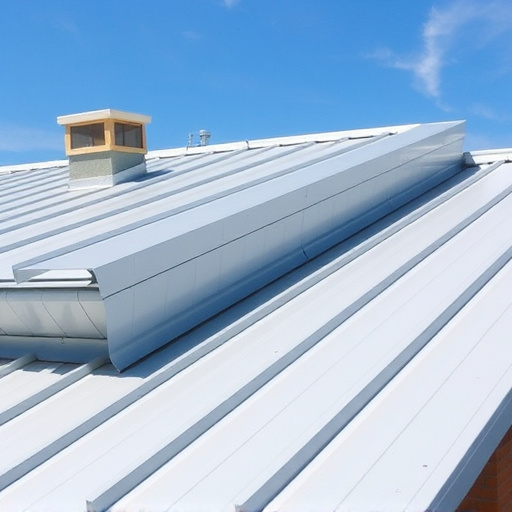
The lifespan of metal siding is greatly influenced by two key factors: installation and ongoing maintenance. A proper installation ensures that metal siding performs optimally and lasts for years to come. This involves ensuring the surface is clean, free from debris, and correctly prepared before application. Proper sealing and fastening techniques are paramount to prevent water penetration, which can cause rusting and deterioration over time.
Regular maintenance plays a crucial role in maximizing the lifespan of metal siding. This includes periodic inspections to identify any signs of damage, corrosion, or loose panels. Promptly addressing issues such as cracks, holes, or peeling paint through home exterior services can prevent further damage and maintain the structural integrity of the siding. In addition, re-sealing the surface every few years helps to protect against weather elements and ensures that the metal siding continues to provide effective insulation and protection for your home, like a sturdy shield. Remember, even with high-quality metal siding, regular care is essential to preserve its beauty and functionality, ensuring it remains a sound investment for many years.
Real-World Examples: Case Studies of Long-Lasting Metal Siding
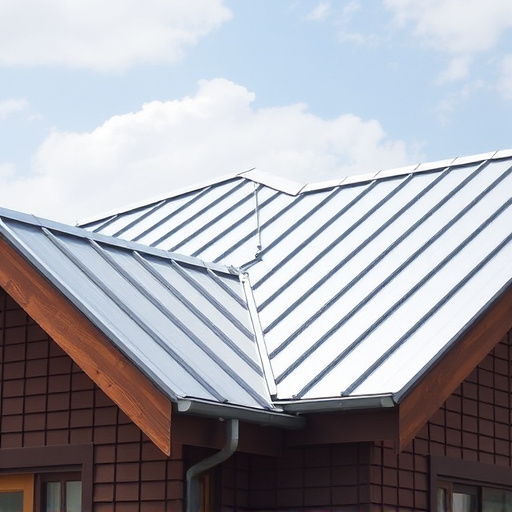
In the realm of home exterior renovations, metal siding stands out as a durable and long-lasting option. Numerous real-world examples and case studies highlight its longevity, serving as testaments to its ability to withstand the tests of time and weather. Consider a residential property in the Midwest, where harsh winters and frequent storms are common. Despite these challenges, the metal siding installed over two decades ago remains intact, showcasing minimal signs of wear or corrosion. This is not an isolated incident; many homeowners across various climates have attested to the durability of their metal siding, often boasting installations that have withstood 30 years or more without significant damage.
These success stories are particularly compelling when considering the variety of metals used in manufacturing and the skilled roofing and siding services that go into installation. From aluminum to zinc and even copper, each metal offers unique benefits in terms of resistance to elements like moisture, UV rays, and rust. Professional home service solutions often play a pivotal role in selecting the right type of metal siding for specific properties and ensuring proper installation, contributing to its longevity. This combination of high-quality materials and expert craftsmanship results in structures that not only withstand the elements but also retain their aesthetic appeal over extended periods.
Metal siding is a highly durable option for home exterior projects, offering long-term protection against weather and environmental damage. By understanding the factors affecting its longevity—such as material quality, installation methods, and routine maintenance—homeowners can ensure their metal siding investment lasts for decades. Proper installation and regular cleaning or repairs can significantly extend the lifespan of this versatile and low-maintenance cladding. With real-world examples demonstrating exceptional durability, metal siding stands as a reliable choice for those seeking long-lasting, visually appealing exteriors.



